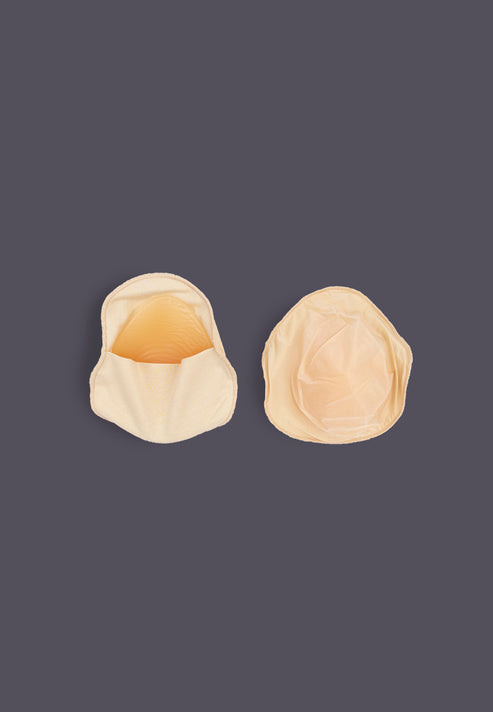When archaeologists in Prague uncovered a 5,000-year-old grave in 2011, they found something that didn’t fit the usual pattern. The body, dated to between 2,500 and 2,800 BCE, belonged to a person from the Corded Ware culture. This society was known for its very specific burial customs. Men were buried on their right sides with their heads facing east, while women were buried on their left sides with their heads facing west.
This individual, identified as biologically male, was buried in the female position. There were no weapons or other objects typically associated with male burials. Instead, the grave was free of gender-specific items. Archaeologist Kamila Remisova Vesinova, who led the excavation, explained that this person might have been viewed as belonging to a third gender, someone who did not fit into the male or female categories used by that society.
Misunderstandings and media hype
When the story first appeared, many media outlets quickly labeled the discovery “the gay caveman.” That headline spread widely, but researchers immediately called it inaccurate. First, the Corded Ware people were not “cavemen.” They were farmers who lived thousands of years after the Stone Age cave dwellers we imagine. Second, “gay” refers to sexual orientation, not gender identity.
Anthropologist Kristina Killgrove from the University of North Carolina explained that even if the individual was transgender or otherwise gender-nonconforming, that does not mean they were homosexual. Archaeologist Monty Dobson of Drury University added that the reality is far more complicated than a single label. Burial position alone cannot reveal someone’s identity or role in society.
Some experts also pointed out that unusual burials were sometimes used for shamans or spiritual leaders. In many ancient cultures, people who were thought to communicate with the spirit world were buried differently to reflect their special social role. This could mean that the Prague burial was symbolic, spiritual, or social, rather than purely about gender.
Paleoanthropologist John Hawks of the University of Wisconsin noted that the interpretation of the skeleton’s gender is still uncertain. Without DNA testing, archaeologists rely on bone measurements to estimate sex, which can sometimes be misleading. The exact meaning of the burial remains open to debate.
The idea of a third gender
The concept of a third gender is not new. Many cultures have recognized people who live outside the male-female binary. Some third-gender individuals were viewed as having spiritual or social importance.
-
Hijras in South Asia have existed for centuries and are officially recognized as a third gender in countries such as India, Pakistan, and Bangladesh.
-
Fa’afafine in Samoa are people assigned male at birth who take on feminine roles and are valued as an integral part of Samoan culture.
-
Two-Spirit people in many Indigenous North American nations hold roles that combine masculine and feminine qualities. They often serve as healers, mediators, or ceremonial leaders.
-
The sworn virgins of Albania take vows of chastity and live as men in order to assume male social roles, reflecting another cultural understanding of gender.
-
Ancient Mesopotamian priests of the goddess Inanna, known as gala, performed rituals while adopting gender expressions that blurred the male-female divide.
These examples show that gender diversity is not an invention of the modern world. Societies across history have always made room for people who did not fit neatly into two categories.
What this discovery tells us
The Prague burial has not given us a full story, but it has raised valuable questions. Archaeology has long relied on strict male and female frameworks when interpreting the past. This discovery suggests that those frameworks might not capture the full range of human experience.
It also reminds us to be careful with assumptions. The way people in the past expressed identity, spirituality, or community was complex. A reversed burial position might represent gender variance, but it might also show a special social or ceremonial role. We cannot project our own categories directly onto ancient lives.
Even with these limits, the burial challenges long-standing beliefs about early societies. It shows that people thousands of years ago already recognized, or at least made space for, gender diversity.
The larger picture
When we look across time, we find evidence of nonbinary, intersex, and gender-variant people everywhere. From Egyptian tomb art showing gender-fluid deities to Indigenous oral histories that include gender-diverse ancestors, the pattern is clear. Gender variance has always been part of humanity.
Archaeological discoveries like the one near Prague help correct the false idea that trans or nonbinary identities are modern phenomena. They reveal that gender diversity has existed for as long as human culture itself. The ways we describe and understand it may change, but the presence of these identities has never disappeared.
Looking at the present
Today, conversations about gender identity are often framed as new or controversial. But finds like the Prague burial remind us that gender diversity is as old as civilization itself. Ancient people recognized more than two ways of being. They built societies that included roles for those who lived in between, across, or beyond those categories.
This discovery challenges the idea that gender diversity is something new. It reminds us that humans have always been more complex than a simple male-female binary.
So next time someone argues that trans identities are new, remind them that 5,000 years ago a person lived and was buried in a way that completely defied the gender expectations of their world.
Sources
-
Stephanie Pappas, NBC News / LiveScience, “Archaeologists in Prague say they’ve uncovered a Stone-Age man buried in a position usually reserved for women.”
-
Kristina Killgrove, Bone Girl Blog, University of North Carolina.
-
Monty Dobson, Drury University.
-
John Hawks, University of Wisconsin–Madison.
-
Rosemary Joyce, University of California, Berkeley.
-
Historic England, Trans and Gender-Nonconforming Histories.
-
National Geographic, How Historians Are Documenting Lives of Transgender People.




